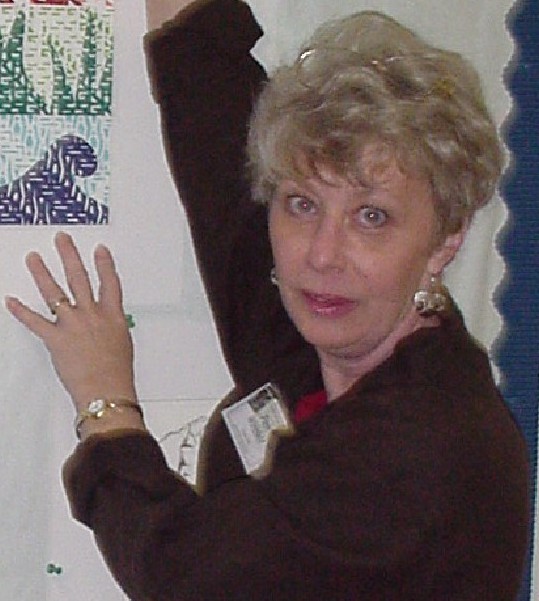|
Non-Objective
Constructed Sculpture
Project URL: http://homestead.com/pcwart/TeachNetSculpturePage.html
How
it works:
Students in art courses follow a curriculum leading from
introductory design concepts to more involved applications. Understanding the more abstract
nature of non-objective artwork is often confusing to many students,
yet is centered on good design as the basis of the overall composition. Many
programs have a strong focus on
two-dimensional artwork that is geared towards representational subject
matter.
Working with non-objective subject matter, and especially
three-dimensional formats, enables the learner to work in new ways.
New mental strategies are used and new materials and
processes are explored as they enter into the world of sculpture. In
addition, a new realm of artists are studied.
In this program, students work through a series of
activities that teach them to look at design
within other images and to build on the captured design as a format for a piece of artwork. Because students
conduct their own research through a guided format, they stay focused on the
desired topic and outcome, and they bring a variety of information and
personal reflections to the classroom environment for sharing.
This program requires students to visualize and problem-solve both
design interpretations and construction issues, thereby enhancing
higher-order thinking skills.
Standards addressed:
Students develop critical and creative thinking skills; understand and
apply media, techniques, and
processes; organize their work based on knowledge of design principles
and art elements; choose and evaluate a range of ideas; assess their work and the work of others; and recognize the role of
the professional sculptor in contemporary art.
Materials used:
Research activities require student access to computer and Internet.
If a school lab is used, time should be scheduled for a class visit, with students returning as needed. Teachers without a
personal website for posting and submitting the research activity
can adapt the format as needed. Research can be done concurrently with
the lesson as reinforcement and instructional facilitation, or can be
done as an introductory activity. Project materials are defined in accompanying
lesson.
The
students:
This program is suitable for students who have had a strong
foundation in basic design concepts and principles.
Due to the in-depth nature and challenge of the materials and concept,
it is well suited for the more advanced courses or in a specialized
class with emphasis on sculpture concepts. New materials should be
introduced and
explained, and new tools and techniques should be demonstrated by the
instructor.
Overall value:
In Non-Objective
Constructed Sculpture, students are introduced to new and challenging
concepts, thinking skills, and project techniques. The non-objective
design focus and its interpretation in three dimensions are often new.
Working with
a guided format, students research selected sculptors and compare and
evaluate various approaches and materials. This program lends itself to sharing
research -related information and problems, brainstorming solutions, and
sharing technical strategies. As a result, students are capable of considering a variety of ideas for project
development
and are more familiar with problem solving skills -- mentally and
technically.
Tips:
Prepare for activity, excitement, and frustration! Discuss
non-objective design and stress aspects of sculpture-in-the-round. Do
not let students get hung up on what the original image was from which
they snagged their starting design--the outcome will be so far
removed and will amaze them all!
|

About the teacher:
Pam Wittfeld presently teaches secondary art for the Charlotte
Mecklenburg Schools in Charlotte, NC, where she is involved in a wide
range of leadership and professional development activities at the
local
and state level. She is a National Board-Certified Teacher with 20
years' experience, a recent recipient of an IMPACT II Grant,
and is presently completing licensure in Talent/Gifted Development. Her
present classroom assignment includes Crafts and Art II through
Advanced Placement courses.
E-mail:
wittfeld@aol.com
Subject
Areas:
Art
Technology
Grade
Levels:
11-12
|